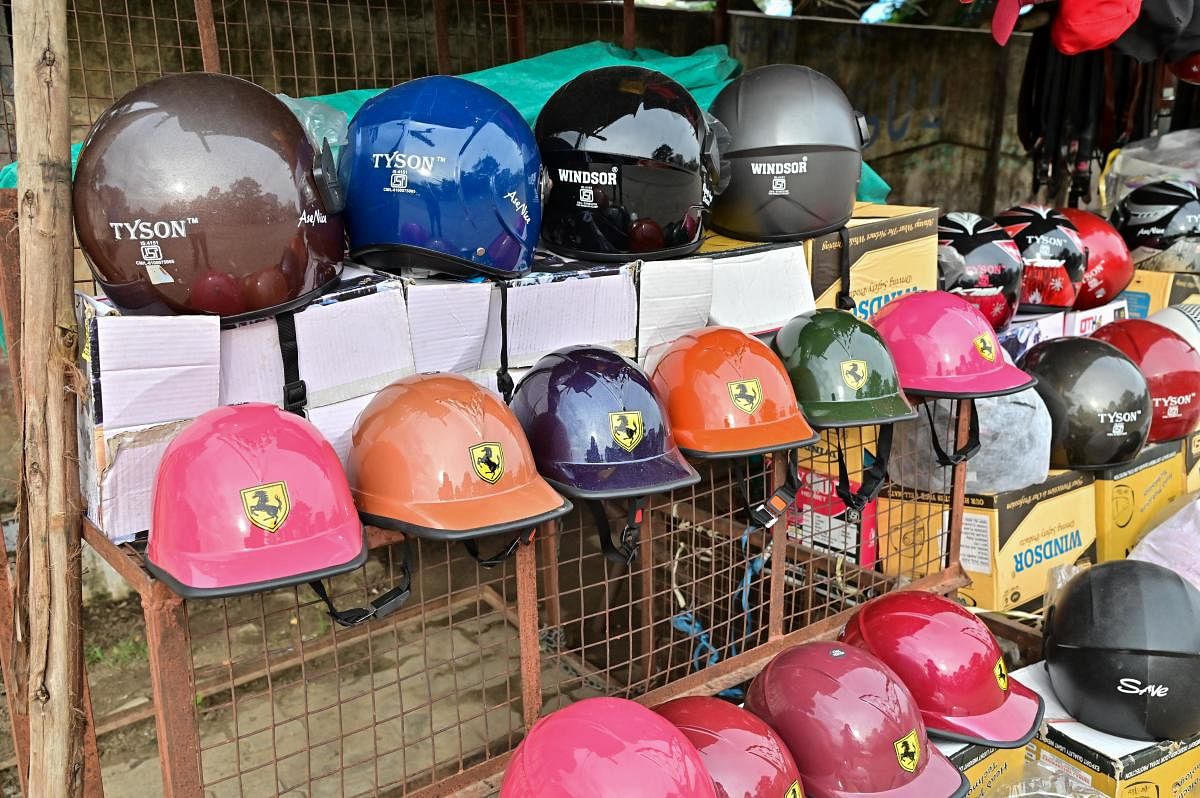
A majority of road accident casualties in Bengaluru are two-wheeler riders who don’t wear proper helmets, according to the 2019-20 hospital registry data from M S Ramaiah Medical College.
The hospital had created a road traffic injury registry for the city as per guidelines of AIIMS, Delhi, as part of an ongoing collaborative project with Indian Council of Medical Research (ICMR).
Of the 37 accident victims in the hospital over a 14-month period, a sizeable number (over 26%) had died due to head injuries.
Another 9.5% died primarily due to chest injuries and the same proportion breathed their last due to injuries to abdominal organs.
This shows two-wheeler riders should protect not just their head, but also other vital organs with protecting gear such as gloves, jackets and leather pants, as per the study.
The most common cause of death was related to wounds in the head and neck regions. Among those who died, 40% had head and neck injuries, 31% had intracranial injuries, 16.7% had crush injuries to the head, and over 14% had head-neck fractures.
Dr Aruna C Ramesh, HoD of emergency medicine at MS Ramaiah Medical College who collaborates with ICMR for the study, says, “In such cases, the helmet may be of poor quality or damaged due to recurrent falls. Also, many don’t strap helmets or wear full-face helmets. And in many cases, the driver may wear the helmet, but not the pillion rider. The majority of head and neck injuries can be prevented by wearing helmets properly and following road rules. Two-wheeler riders can have substantial injuries even at a speed of just over 20 miles per hour.”
The study, which involved a total of 277 victims with multiple traumatic injuries, also found that the majority of them needed treatment under multiple specialties.
For example, around 76% needed treatment by neurosurgeons. The same proportion needed treatment by orthopedicians too. Around 38% were treated by maxillofacial surgeons. “In case of polytrauma, the victim should go to a level 1 trauma centre - such as medical colleges and super speciality centres - that provide total care,” says Dr Aruna.
She mentions the case of a 11-year-old victim who was given stitches on her scalp at a nursing home where she was taken first. The facility had missed her internal bleeding caused by spleen rupture and she could not be saved by the time she reached Ramaiah Hospital.
The ICMR project in Bengaluru plus four other Indian cities had found that while level 1 centres had sufficient facilities needed for trauma care, level 2 and 3 centres (district hospitals and community health centres) often lacked many of these facilities.
The lack of timely care at an appropriate centre, within the first 60 minutes of the accident, reduces chances of survival.
“The government should accredit the level 1, 2 and 3 centres so that people know where to go,” says Aruna.